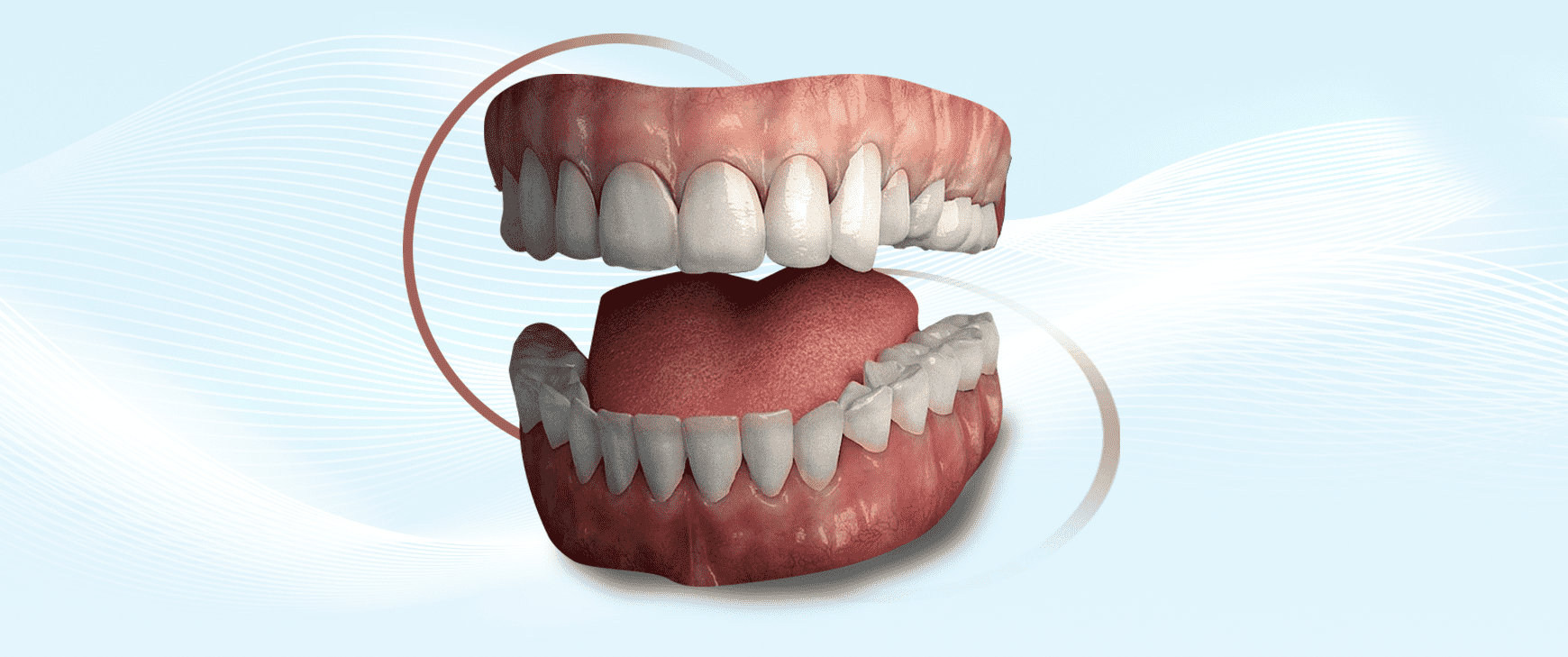Gum treatment
Salih ÖNDER2023-10-26T15:17:46+03:00What is Gum Treatment?
Periodontology is a science that deals with the prevention, diagnosis and treatment of gingival diseases. Diseases that affect gingival and bone tissue and thus cause infection are defined as periodontal diseases. Early diagnosis of periodontal diseases plays an important role in the easy and successful treatment of oral and dental health problems before they progress.
Healthy gums are pale pink in color, dull and tense in appearance. Bleeding in such gums almost never occurs. Gingival bleeding is the biggest harbinger of gingival disorders. Even if there is no other problem in the teeth, many tooth loss may occur due to gum diseases.
What are Gum Disorders?
Gum diseases that require gingival treatment manifest themselves gradually. Gum diseases, which are seen as an early stage, are known as gingivitis, also known as gingivitis in the simplest way. When these so-called gingivitis are not intervened, the tissues connecting the teeth to the jaw are damaged and the inflammation reaches an advanced level. These progressive gingivitis are called periodontitis. Periodontitis is a serious gum problem and needs to be treated quickly. Gum problems are usually seen as late-term disorders.
What are the Symptoms of Gum Discomfort?
Symptoms of gum disease are usually swelling, redness, tenderness and bleeding. In gingival disorders, there is usually bleeding when the person brushes their teeth. Red and swollen gums are one of the most obvious signs of gum disease. Healthy gums are pink in color, but the gums of a person with gum disease appear abnormally red. Another symptom is bad breath. Bacteria formed in the gums irritate the gums over time and cause a bad odor in the mouth. Shrinking gums are also considered as one of the symptoms of gum disease. Longer appearance of the teeth compared to the past can be a sign of gingival recession.
Treatment Summary
Number of Transactions
2-3
Return to Work Process
Now
Processing Time
10 Days
Full Recovery Process
Now
Anesthesia Method
Local anesthesia
Persistence of Results
5 Years
Sensitivity Process
Non
Eating - Drinking Process
2 Hours Later
Note: *The information and recommendations on this page are for informational purposes only. Please consult your doctor for diagnosis and treatment. WhatsApp line.
Bütün İşimiz Diş


